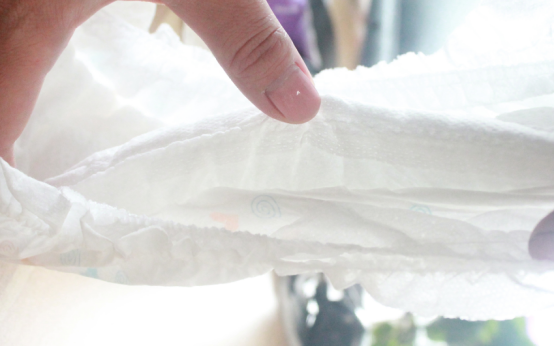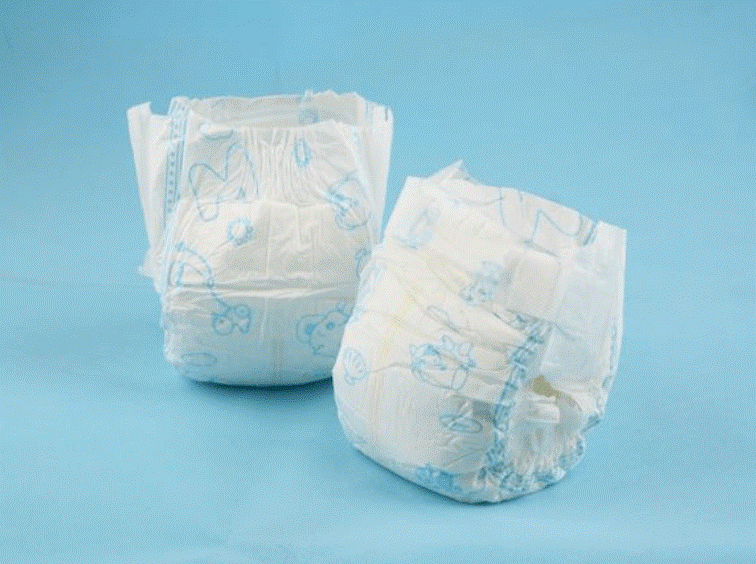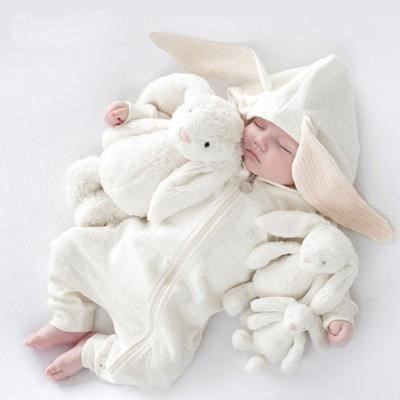Baby diapers, disposable diapers and diaper pails refer to products with disposable urine absorption function, which belong to one of the sanitary products. According to the consumption object, diapers can be divided into infants and adults. Infants and young children refer to disposable urine absorption products used by infants and young children. Compared with traditional cotton diapers, it has the advantages of discarding after use, no cleaning, large absorption and good leak proof. The premise of these advantages is whether the liquid penetration time on the product surface is ideal. Therefore, this paper briefly analyzes the product by penetration time test.

Penetration time is one of the most important measurement indexes of surface material, which reflects whether the surface of surface material can quickly make the liquid diffuse evenly along the surface layer and transfer the liquid to the absorption core layer in time. The penetration time of the surface layer is related to the structure of the surface material. According to the molecular principle, the fiber of the surface material will absorb water molecules, and the capillary between the fibers will also absorb water molecules. The water flows to the surface and forces the water molecules into the material. Because the surface material has high requirements for dryness, hydrophobic fibers with low hygroscopicity are usually selected. The liquid penetrating the surface material is mainly due to the capillary and water pressure between the fibers.

The shorter the penetration time, the better the water permeability of the surface layer. It can quickly introduce the liquid into the baby's diapers and keep the surface of the baby's diapers dry. According to the test data of the liquid penetration time of the surface layer, the water penetration time of the surface layer is arranged from short to long as: 1 # < 5 # < 6t # < 4 # < 3 #< 2 #.
The sample 1# surface has the shortest liquid penetration time, indicating that the surface has the best water permeability. As the sample 1# surface material is cotton flexible nonwovens, the nonwovens made of cotton fiber web have high fluffy degree, loose structure and good moisture absorption and air permeability. The bump design on the sample 1# surface forms more pores and the liquid penetration time is short. Both the sample 5# and 6# surface are hot-air nonwovens made of PE fiber, and the sample 6t# weight is large, so its liquid permeability is 5# worse than that of the sample. However, hot air nonwovens have three-dimensional structure, many pores and good water permeability. Therefore, the water permeability of hot air nonwovens is better than that of hot-rolled nonwovens. The sample 4#, 3#, 2# surface layer is PP fiber hot-rolled nonwovens, which compresses the distance between the fibers and affects the liquid passing speed. The capillary action between PP fibers is small, so the water permeability of these three fibers is worse than 5# and 6# and 2# water permeability is the worst, because of its largest gram weight and small fiber gap, it is difficult for water molecules to enter baby diapers through the surface of fiber mesh.

It can be seen that different materials of the surface layer will have different effects on its water permeability. Therefore, when manufacturing baby diapers, disposable diapers and diaper pails, the influence of different materials on penetration time should be tested in advance, so as to select the materials with the best cost performance.
Comment(0)
You can comment after
SIGN IN